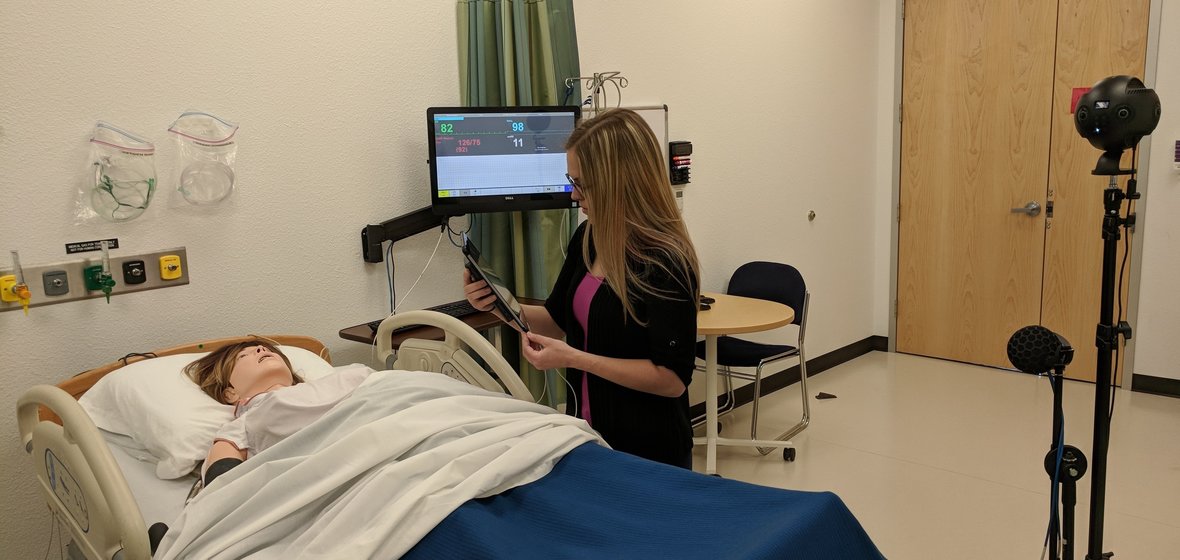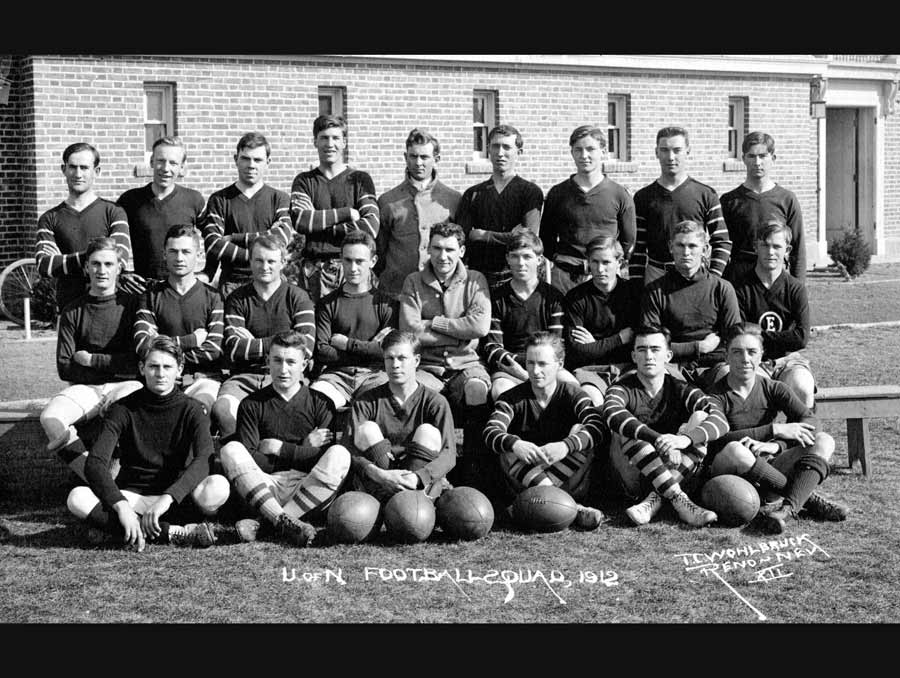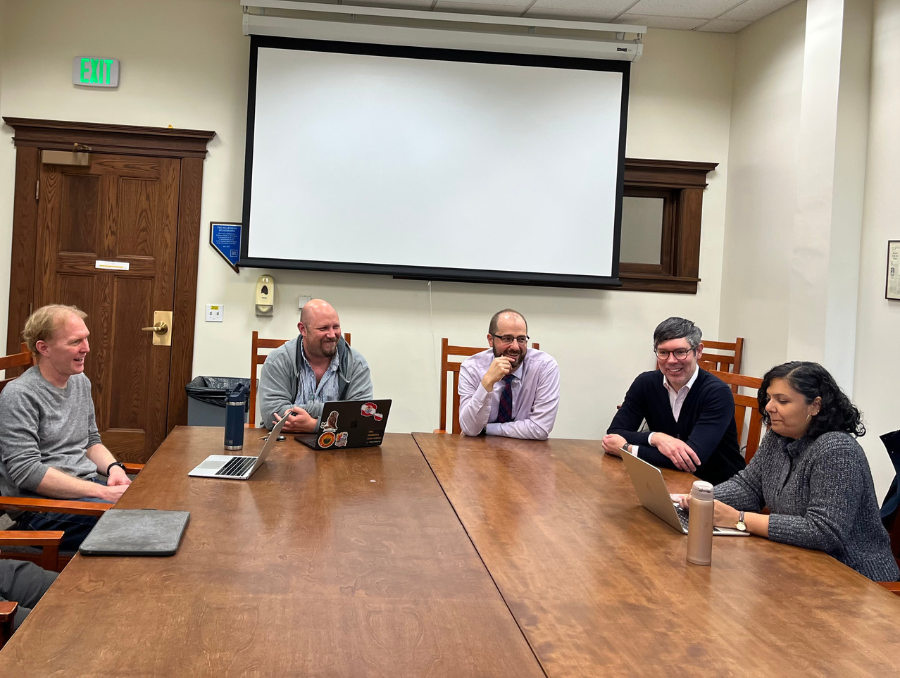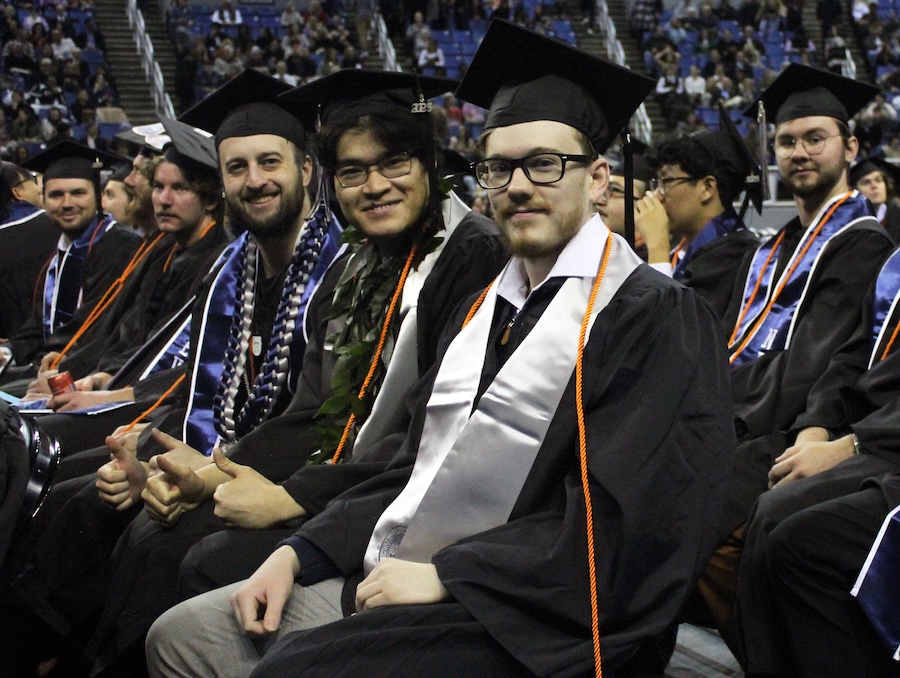The University Libraries at the University of Nevada, Reno, along with UNR Med, Renown and several University Departments are working together to revolutionize nursing and medical education at Nevada.
Psychology researchers, Alison Szarko and Steven Anbro, and Dr. Ramona Houmanfar, along with the University Libraries, Computer Science and Engineering, Psychology, Journalism, Orvis School of Nursing, UNR School of Medicine, Renown and UC Irvine completed a pilot study where they incorporated virtual reality (VR) technology into the educational curriculum for third-year nursing and medical students to understand and analyze communication between students and simulated patients, doctors and nurses. The study sought to improve communication accuracy among medical and nursing students. More than 100 students participated in the study.
The pilot study was recently published in the Journal of Organizational Behavioral Management as a peer-reviewed research journal article.
“The publication of our first VR study was an exciting achievement,” Researcher Steven Anbro said. “It’s a great way to share our findings with others and, hopefully, spark more interest in this area of research.”
The journal article can be accessed through the University Libraries website by using the One Search tab. Anyone with an active University NetID can access this material.
“It is important to get our academic research projects into the world so other groups or universities can start asking similar or better questions,” said Michelle Rebaleati, manager of events and production for the University Libraries, and member of the VR simulation research team. “We’d like to see more studies conducted to help further evaluate the use of VR technology into the educational curriculum for nursing and medical students. With more research we can look to further understand how using VR to simulate communication between caregivers and patients in the classroom helps prepare students for their professional careers.”
The pilot study used VR to place students in a medical emergency situation with a simulated patient, nurse and doctor. University Libraries created a 3D, 360-degree video that served as the students' functional laboratory.
“Our role as the University Libraries was to help identify how the technology would work,” Luka Starmer, @One multimedia specialist and member of virtual reality (VR) simulation research team said. “Then, we were tasked with filming a VR experience that simulated a patient and doctor interaction. We were able to demonstrate that VR allows a large number of students to experience the same exact scenario, the same exact way without changing any variables. In a way, that’s less expensive and less time consuming than reenacting each medical simulation in a live, in-person setting.”
Understanding how medical teams communicate in times of crisis is important. Good communication is vital to the overall experience of the patient.
“Interprofessional communication in healthcare is critical, as poor communication has been credited as a top contributing factor to death by medical error,” Anbro said. “Current estimates place medical error as the third leading cause of death in the United States, so improving interprofessional communication among healthcare professionals is an important step in reducing those numbers.”
About the University Libraries
The University Libraries embrace intellectual inquiry and innovation, nurture the production of new knowledge, and foster excellence in learning, teaching and research. During each academic year, the Libraries welcomes more than 1.2 million visitors across its network of three branch libraries: the Mathewson-IGT Knowledge Center, the DeLaMare Science and Engineering Library and the Savitt Medical Library. Visitors checked-out more than 80,000 items and completed more than 2 million database searches.















